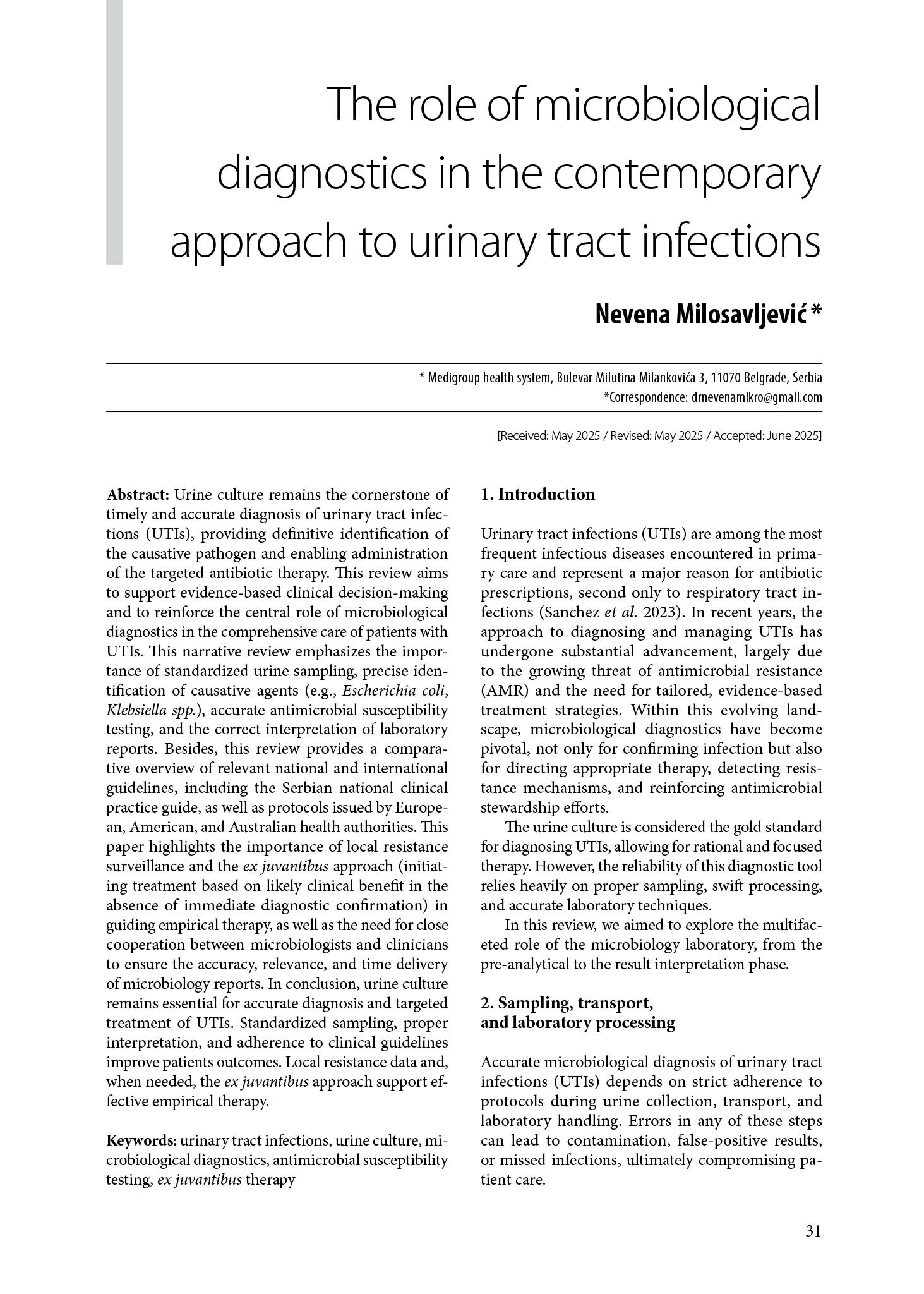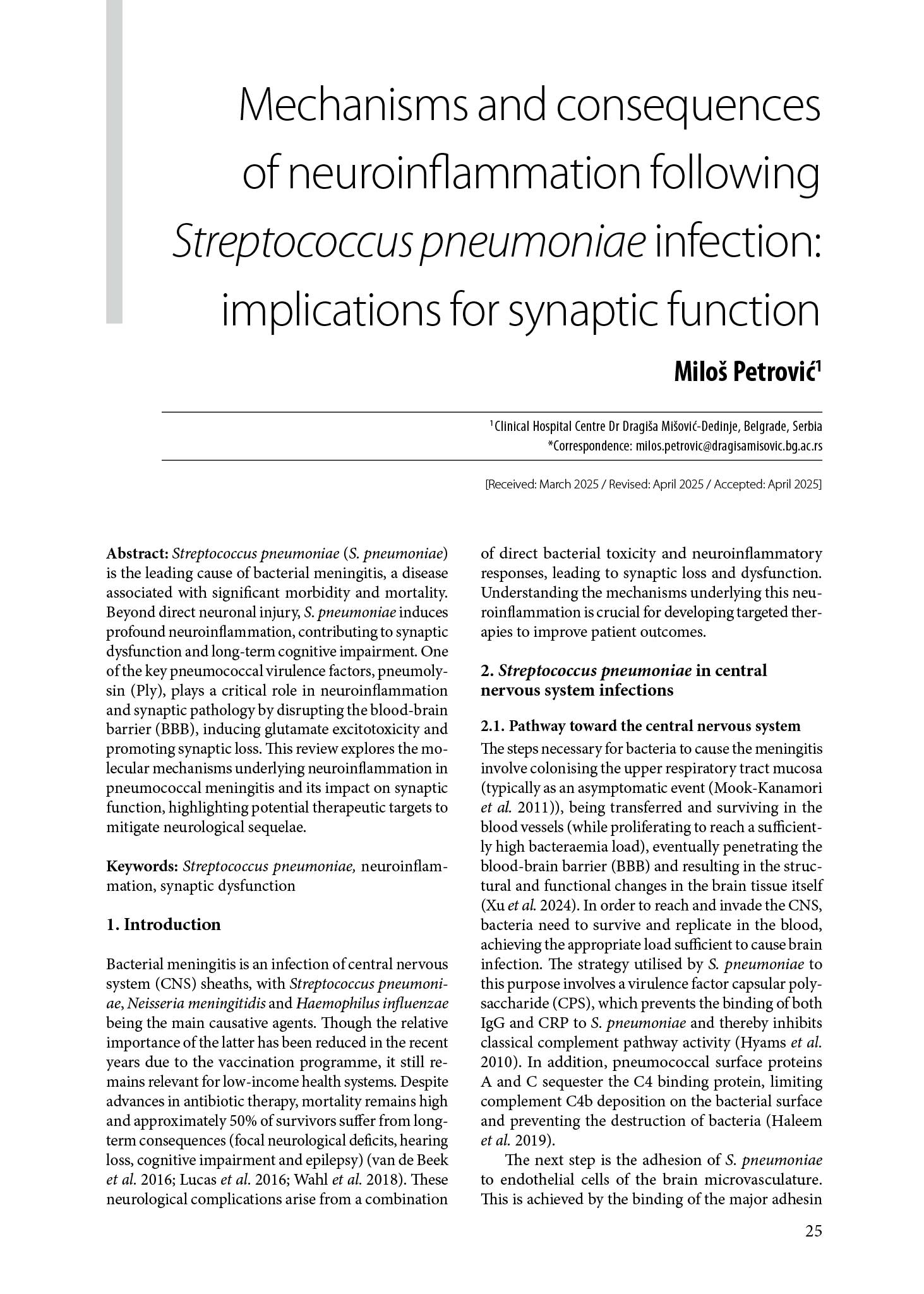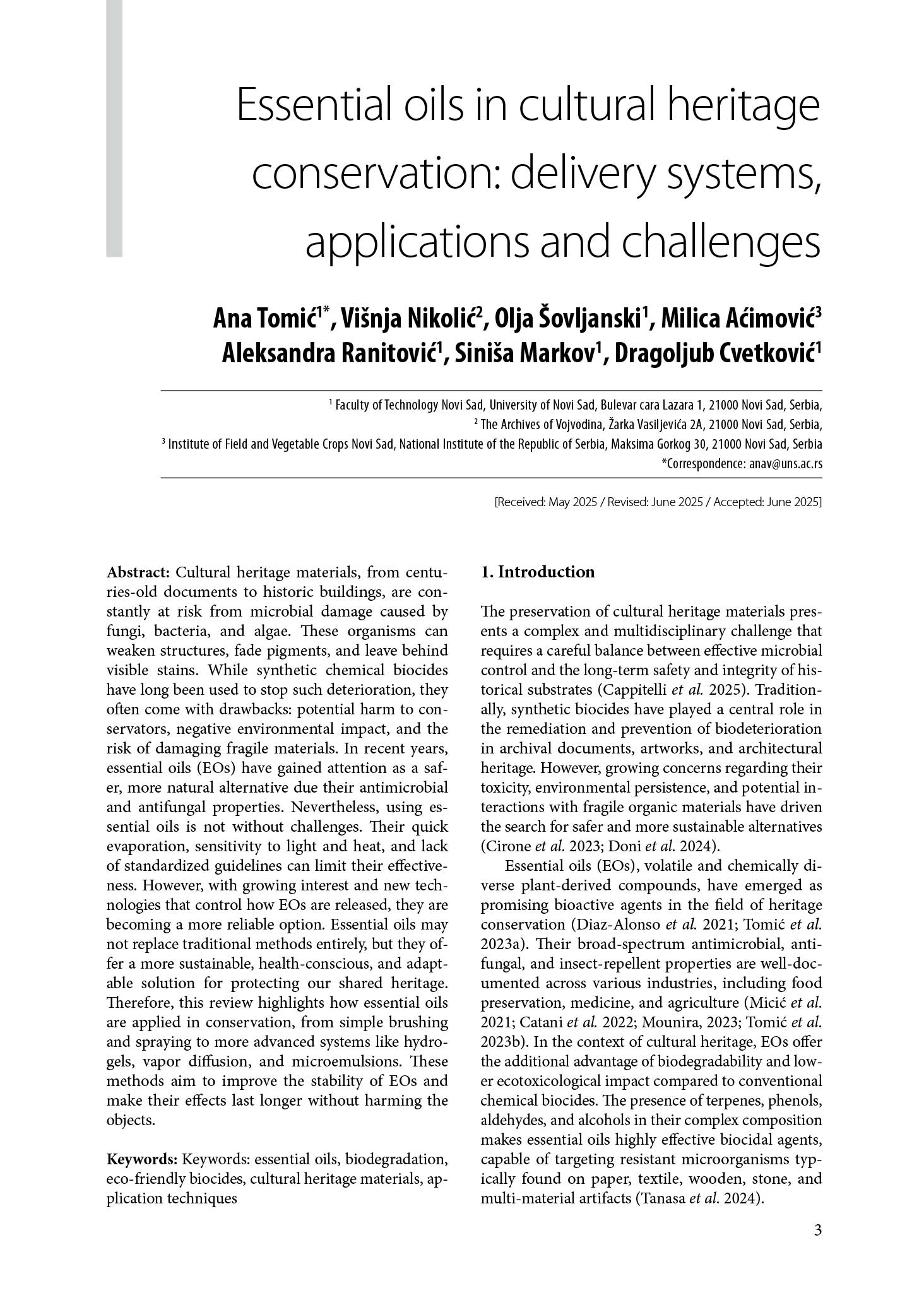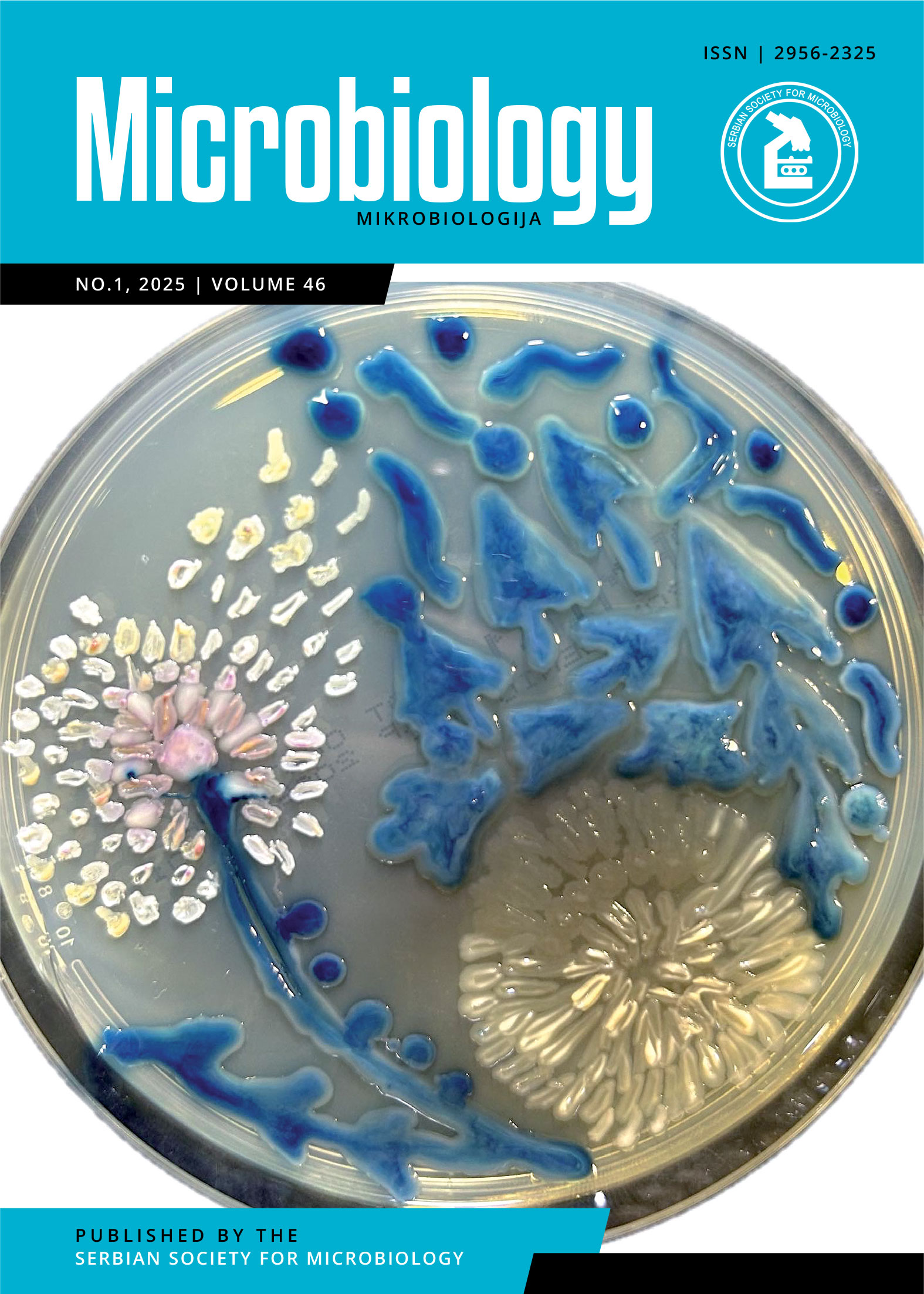Volume #46 – 1 – 4
Urine culture remains the cornerstone of timely and accurate diagnosis of urinary tract infections (UTIs), providing definitive identification of the causative pathogen and enabling administration of the targeted antibiotic therapy. This review aims to support evidence-based clinical decision-making and to reinforce the central role of microbiological diagnostics in the com-prehensive care of patients with UTIs. This narrative review emphasizes the importance of standardized urine sampling, pre-cise identification of causative agents (e.g., Escherichia coli, Klebsiella spp.), accurate antimicrobial susceptibility testing, and the correct interpretation of laboratory reports. Besides, this review provides a comparative overview of relevant national and international guidelines, including the Serbian national clinical practice guide, as well as protocols issued by European, American, and Australian health authorities. This paper highlights the importance of local resistance surveillance and the ex juvantibus approach (initiating treatment based on likely clinical benefit in the absence of immediate diagnostic confirmation) in guiding empirical therapy, as well as the need for close cooperation between microbiologists and clinicians to ensure the accuracy, relevance, and time delivery of microbiology reports. In conclusion, urine culture remains essential for accurate diagnosis and targeted treatment of UTIs. Standardized sampling, proper interpretation, and adherence to clinical guidelines improve patients outcomes. Local resistance data and, when needed, the ex juvantibus approach support effective empirical therapy.





